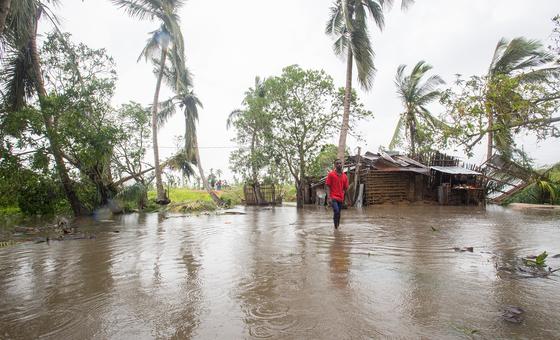
Last week, South Africa experienced an unprecedented electricity crisis when the country was unwittingly plunged into Stage 8 load shedding. In an alarming report from Scrolla, it has been revealed that Eskom, South Africa’s embattled power utility, failed to disclose this critical information to the public. Instead, the company announced that Stage 6 load shedding would be continued “indefinitely,” a decision resulting from the unexpected breakdown of Unit 2 at the Koeberg Power Station, located just outside of Cape Town.
The Koeberg Power Station, which has long been considered one of Eskom’s most reliable plants, has now lost both its Units 1 and 2, resulting in a staggering loss of over 1,900 MW of power. Energy analyst Chris Yelland shed light on the severity of the situation, stating, “Unit 1 at Koeberg is down for life extension and refueling. There is now no power from Koeberg for the time being.” With both units out of commission, South Africa is left to grapple with a severely diminished power supply.
South Africa has been struggling with a scheduled electricity crisis since 2007, primarily due to mismanagement at the national power utility. These power cuts have wreaked havoc on the country’s economy and infrastructure, with industries and households alike suffering the consequences of an unreliable energy grid. The recent undisclosed escalation to Stage 8 load shedding raises serious concerns regarding transparency and Eskom’s ability to manage the ongoing crisis.
The situation at the Koeberg Power Station underscores the urgent need for South Africa to explore alternative energy sources and implement a sustainable power strategy. With the country’s energy woes deepening, it is crucial for the government and the power utility to work together to address Eskom’s mismanagement, improve transparency, and ultimately, provide a reliable power supply for the people of South Africa.














